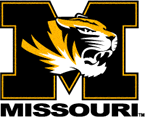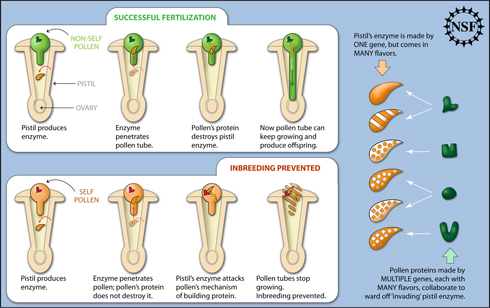National Zoo and Partners First to Breed Critically Endangered Tree Frog

Although the La Loma tree frog, Hyloscirtus colymba, is notoriously difficult to care for in captivity, the rescue project is the first to successfully breed this species. Image credit: Brian Gratwice, Smithsonian's National Zoo
As frogs around the world continue to disappear—many killed by a rapidly spreading disease called chytridiomycosis, which attacks the skin cells of amphibians—one critically endangered species has received an encouraging boost. Although the La Loma tree frog, Hyloscirtus colymba, is notoriously difficult to care for in captivity, the Panama Amphibian Rescue and Conservation Project is the first to successfully breed this species.
“We are some of the first researchers to attempt to breed these animals into captivity and we have very little information about how to care for them,” said Brian Gratwicke, international coordinator for the project and a research biologist at the Smithsonian’s National Zoo, one of nine project partners. “We were warned that we might not be able to keep these frogs alive, but through a little bit of guesswork, attention to detail and collaboration with other husbandry experts—we’ve managed to breed them. The lessons we’re learning have put us on target to save this incredible species and our other priority species in Panama.” (more…)





